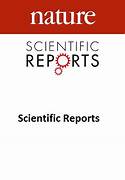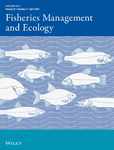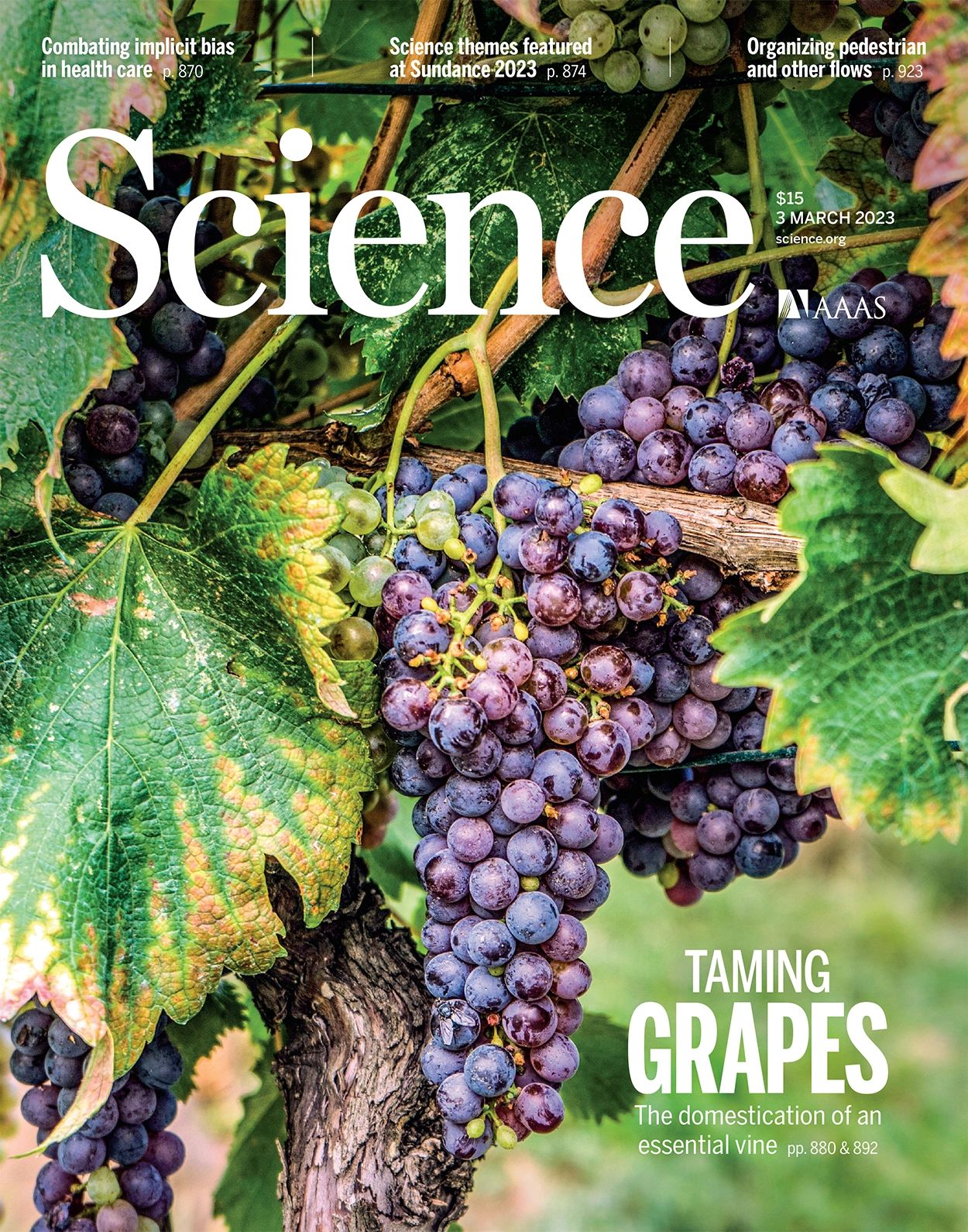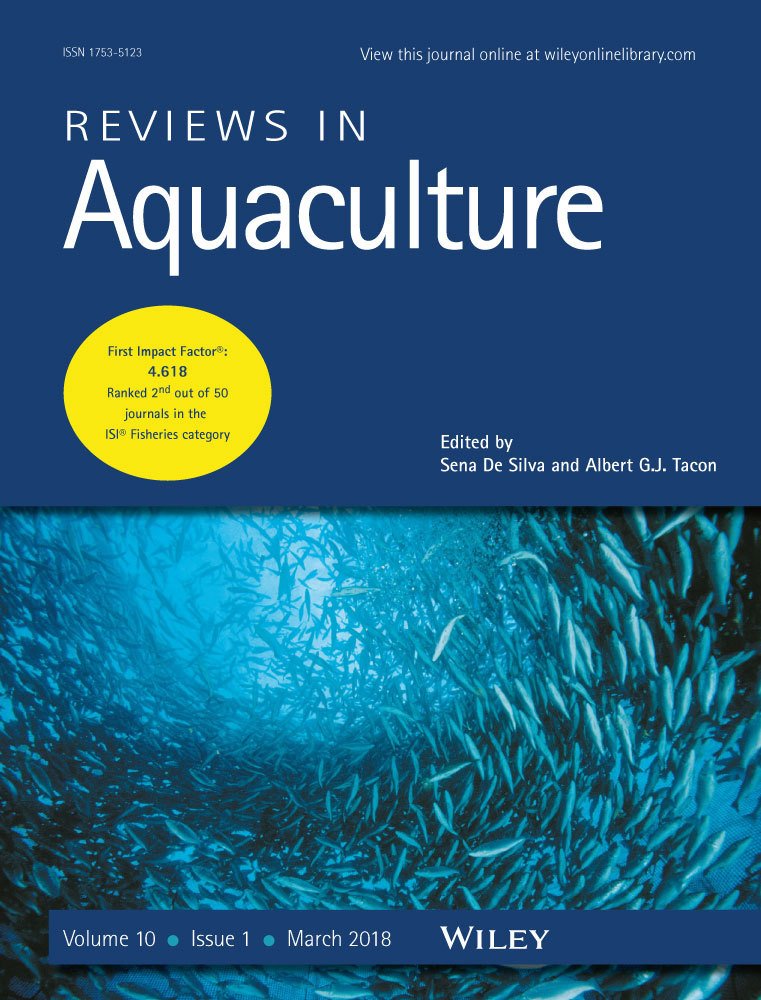Please find all scientific publications of IGB under > scientific publications
For more detailed information please refer to our > library catalogue
1 - 10 of 103 items
- Department:(Dept. 4) Fish Biology, Fisheries and Aquaculture
September 2025
Nature Reviews : Earth & Environment. - 6(2025), S. 629–631
Persistent inequities in global lake science
Qingsong Jiang; Yanxin Sun; Erik Jeppesen; John P. Smol; Donald Scavia; Robert E. Hecky; Thomas Mehner; Yue Qin; Yindong Tong; Boqiang Qin; K. David Hambright; Xiaowei Jin; Jincheng Li; Kaikui Cai; Zhen Wu; Yong Liu
The study shows that, of the approximately 2,500 lakes that had been scientifically investigated by 2020, around 50 per cent were located in North America, 21 per cent in Asia, and 16 per cent in Europe. In contrast, lakes in Africa, South America and Oceania have been much less researched.
July 2025
Proceedings of the Royal Society B: Biological Sciences. - 292(2025), Art. 20251077
Individual differences in speed–accuracy trade-off influence social decision-making in dyads
Kiri Kuroda; Alan N. Tump; Ralf H. J. M. Kurvers

July 2025
Scientific Reports. - 15(2025), Art. 23700
Morphological and molecular assessment of muscle metacercariae infecting tench Tinca tinca from fish farms and wild populations in Germany
Claudina Mata-Marcano; Matthias Stöck; Klaus Knopf
June 2025
Reviews in Aquaculture. - 17(2025)3, Art. e70037
Non-Native Species in Aquaculture: Burgeoning Production and Environmental Sustainability Risks
Francisco J. Oficialdegui; Ismael Soto; Paride Balzani; Ross N. Cuthbert; Phillip J. Haubrock; Melina Kourantidou; Eléna Manfrini; Ali Serhan Tarkan; Irmak Kurtul; Rafael L. Macêdo; Camille L. Musseau; Koushik Roy; Antonín Kouba

May 2025
Nature Ecology & Evolution. - 9(2025), 880–882
Learn from Chinese examples to save endangered sturgeons from hydropower dams
Hong Cao; Liang Zhang; Jörn Gesser; Leonardo Congiu; Xin Gao; Boyd Kynard; Qiwei Wei; Ping Xie

April 2025
Fisheries Management and Ecology. - 32(2025)4, 2-10
Three Decades of World Recreational Fishing Conferences: What Have We Learned About the Dynamics of Recreational Fisheries?
Valerio Sbragaglia; Robert Arlinghaus; Faith Ochwada-Doyle; Holly S. Embke; Lucas P. Griffin; Taylor L. Hunt

March 2025
Science. - 387(2025)6739, 1181-1186
Environmental effects of the Kakhovka Dam destruction by warfare in Ukraine
O. Shumilova; A. Sukhodolov; N. Osadcha; A. Oreshchenko; G. Constantinescu; S. Afanasyev; M. Koken; V. Osadchyi; B. Rhoads; K. Tockner; M. T. Monaghan; B. Schröder; J. Nabyvanets; C. Wolter; O. Lietytska; J. van de Koppel; N. Magas; S. C. Jähnig; V. Lakisova; G. Trokhymenko; M. Venohr; V. Komorin; S. Stepanenko; V. Khilchevskyi; S. Domisch; M. Blettler; P. Gleick; L. De Meester; H.-P. Grossart
March 2025
Freshwater Biology. - 70(2025)4, Art. e70026
Asian Loaches: An Emerging Threat as Global Invaders
Carlos Cano-Barbacil; Phillip J. Haubrock; Johannes Radinger

March 2025
Aquaculture Reports. - 42(2025), Art. 102732
European perspectives on Litopenaeus vannamei aquaculture: An expert’s survey
Paolo Gamberoni; Sven Wuertz; David Bierbach; Mirko Bögner; Matthew James Slater
March 2025
Conservation Letters. - 18(2025)2, Art. e13083
What Is(n’t) Environmental Stewardship? Eliciting Unspoken Assumptions Using Fisheries as a Model
Abigail S. Golden; William N. S. Arlidge; Chelsey Crandall; Elias Ehrlich; Lotte van den Heuve; Thomas Klefoth; Sophia Kochalski; Kai Lorenzen; Valerio Sbragaglia; Christian Skov; Paul Venturelli; Robert Arlinghaus; Samuel Shephard






